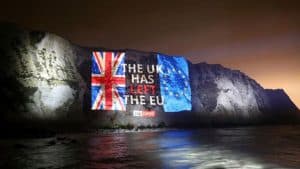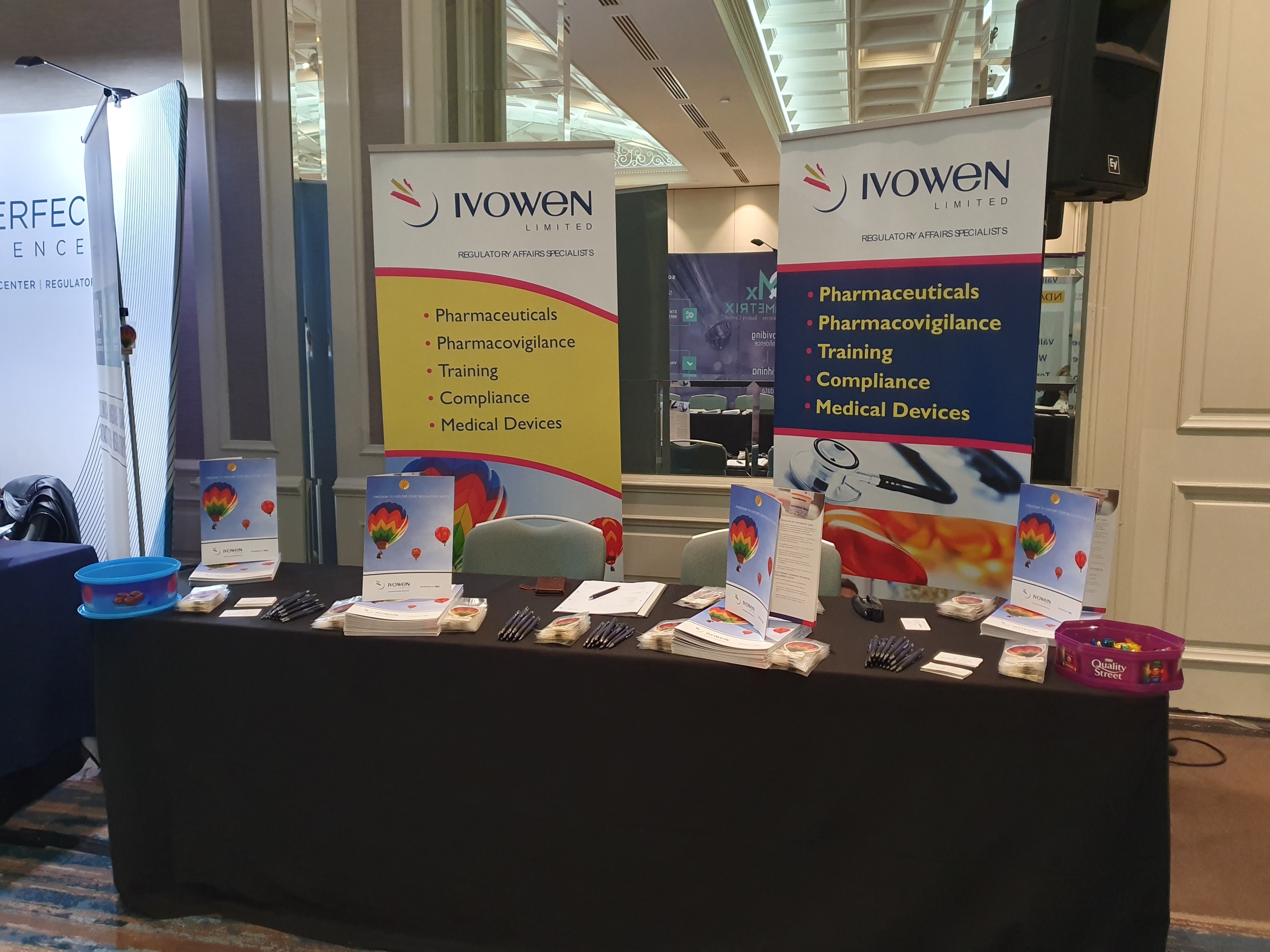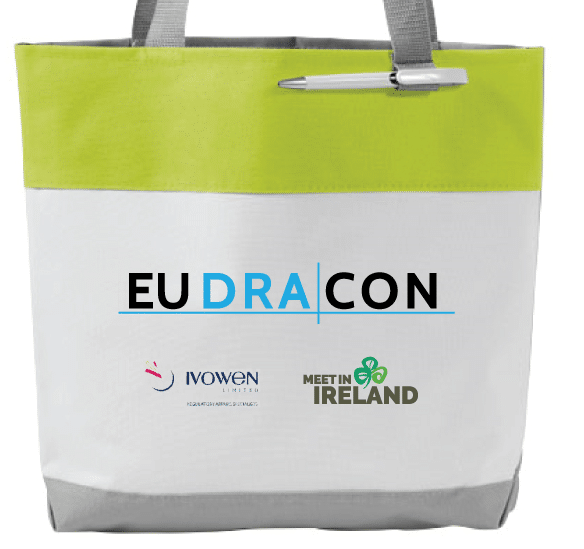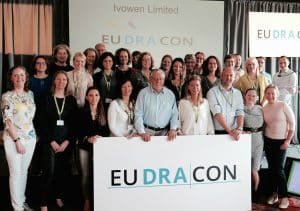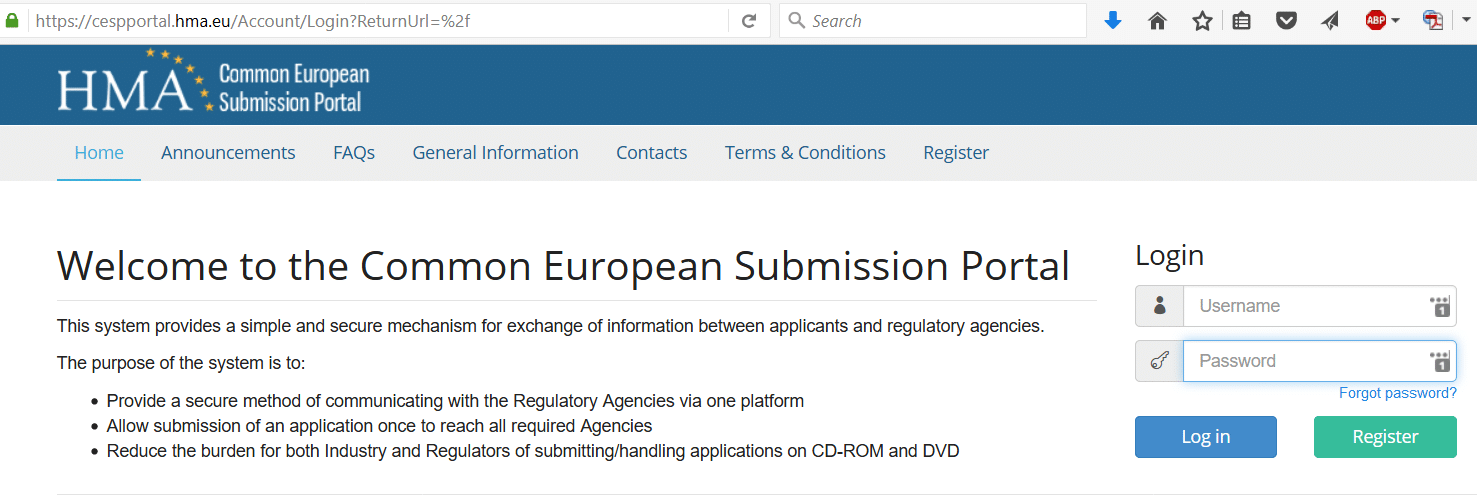BREXIT – EVERYTHING stays the same for 2020
The United Kingdom has formally left the EU as of 31 January 2020 and has become what is referred to as a third country.
On 1 February 2020 a transition period started which is due to end on 31 December 2020.
During the transition period, EU pharmaceutical law will continue to be applicable to the UK, meaning that pharmaceutical companies can continue to carry out activities in the UK until the end of 2020.
Companies have until 31 December 2020 to make the necessary changes to ensure that their authorised medicines comply with EU law and can remain on the EU market.
- The UK will remain on CESP for the duration of transition period (after that, if no further extension to the transition period is proposed, it will be necessary to use the MHRA portal for submissions https://pclportal.mhra.gov.uk/)
- Marketing authorisation holders and applicants can still be established in the UK in 2020
- Qualified Persons for Pharmacovigilance (QPPVs) and pharmacovigilance system master files (PSMFs) can still be based in the UK until the end of 2020.
- Manufacturing sites, Quality control testing and Batch release sites can also still be based in the UK until the end of 2020
- orphan designation holders can still be located in the UK until 31 December 2020
- minor use/minor species (MUMS)/limited markets classification holders can still be located in the UK until 31 December 2020
The withdrawal agreement foresees that following its departure from the EU on 31 January 2020, the UK will no longer participate in EU institutions and their decision-making. For the CMDh this means that as of 1 February 2020, no one who represents the UK, or is appointed or nominated by the UK can systemically participate in the CMDh meetings.
During the transition period, the UK will not be able to act as RMS in MRP/DCP, but the UK can participate in MRP/DCP as CMS.
Ivowen are here to assist you with all your Brexit related needs and dossier amendments.
For more information on Ivowen’s services and how we can help you, contact us.
Written by Alice D’Alton
